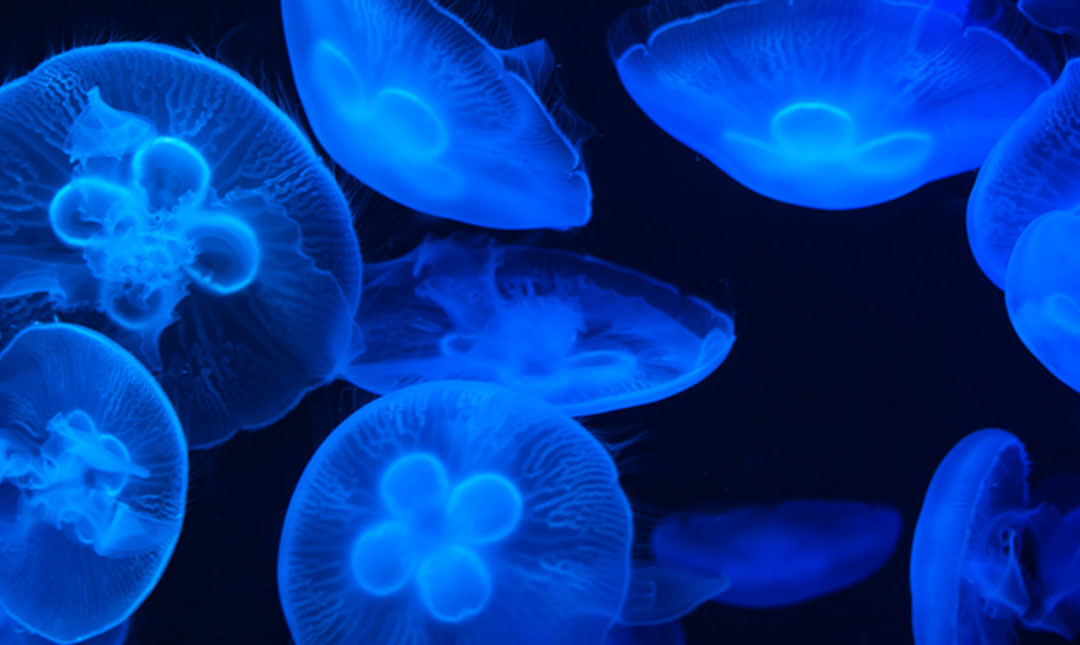The Interaction between Marine Life and the Ocean
Because the ocean contains 99% of the living space on Earth and covers over 70% of Earth’s surface, its composition significantly impacts all life. This is true whether you live on the coast or thousands of miles away from the nearest beach. Oceanographers study the role of oceans in the big picture of Earth’s various ecosystems and the ways in which both the ocean impacts life on Earth and Earth affects life in the ocean. Oceanography can be divided into four sub-disciplines: chemical oceanography, physical oceanography, geological oceanography, and biological oceanography, the subject of this snapshot. These sub-disciplines are interrelated and closely aligned to other ocean-related fields such as marine biology, ocean engineering, atmospheric science, and marine microbiology.
Biological oceanography is the study of the ocean through the lens of marine life – how living organisms affect and are affected by ocean chemistry, physics, and geology. The goal of biological oceanography is to understand what controls the abundance, kinds, and temporal variation of organisms in the sea. Biological oceanography pays particular attention to the effects of the ocean’s chemical, physical and geographic properties and how these affect the distribution and abundance of marine organisms. Biological oceanographers also examine “all forms of oceanic processes that involve living organisms . . . including processes that occur at molecular scales, such as photosynthesis, respiration, and cycling of essential nutrients, to large-scale processes such as effects of ocean currents on marine productivity.”
Biological oceanography is a study of extremes in both size, depth, and location. Biological oceanographers study tiny microbes and giant blue whales. Biological oceanographers study cyanobacteria blooms covering thousands of square kilometers of the ocean’s surface and hydrothermal vent colonies thousands of feet below that surface. And biological oceanographers conduct their experiments on the swaying decks of research vessels out at sea or in labs in university science buildings.
To learn more about biological oceanography and to access Ocean Connect’s wide range of educational and career resources, please visit our Biological Oceanography snapshot.

